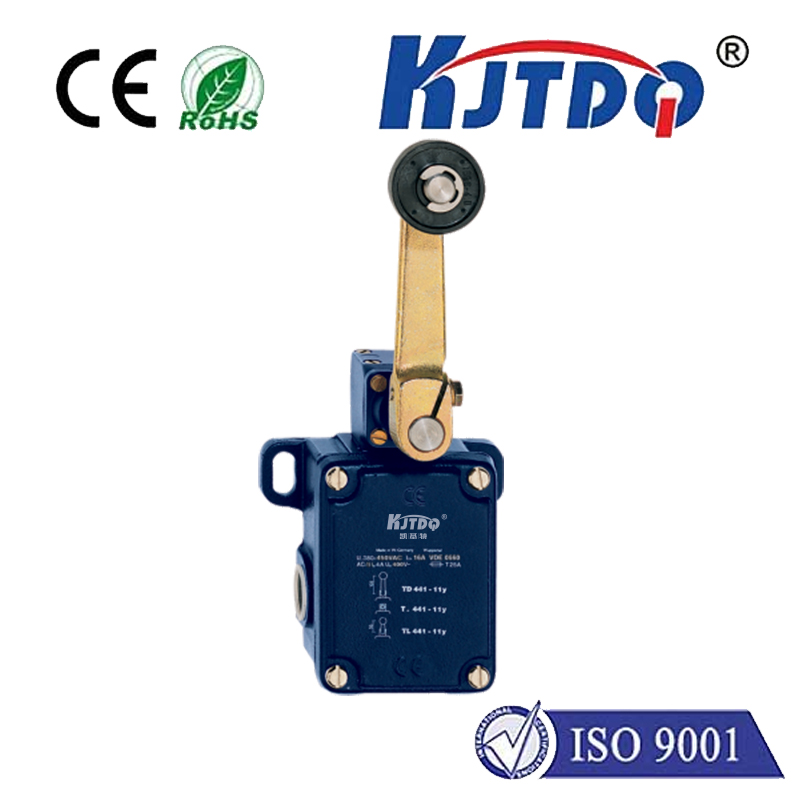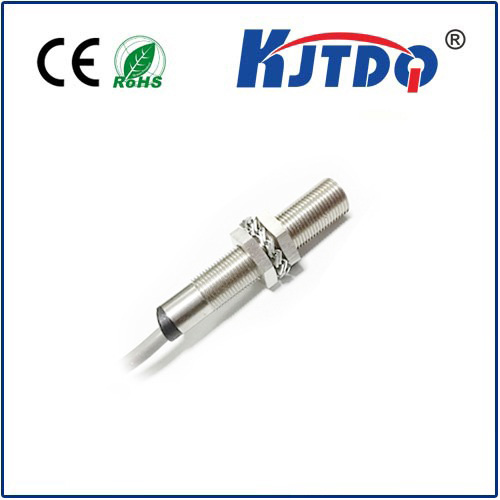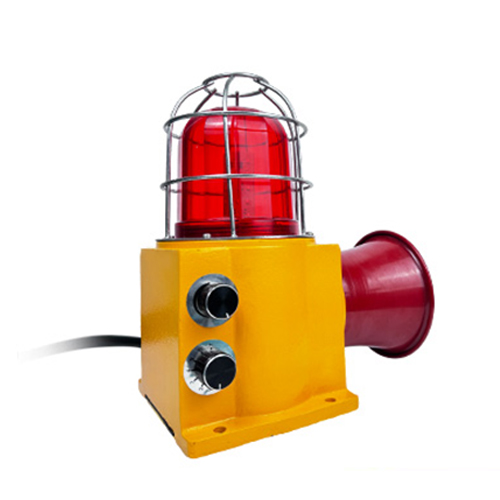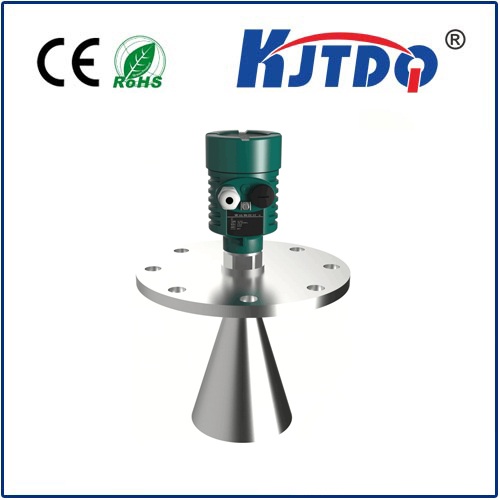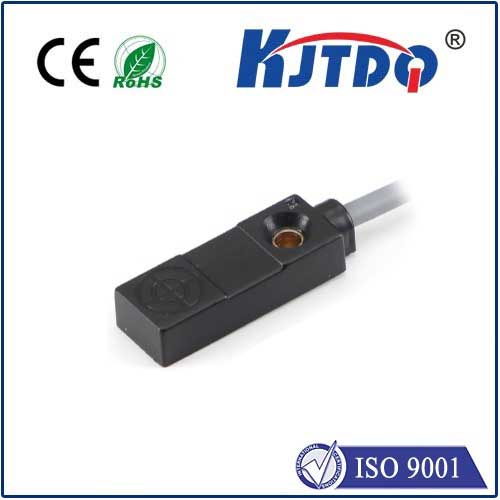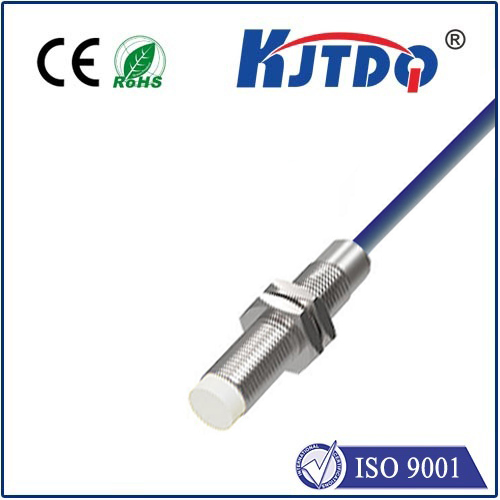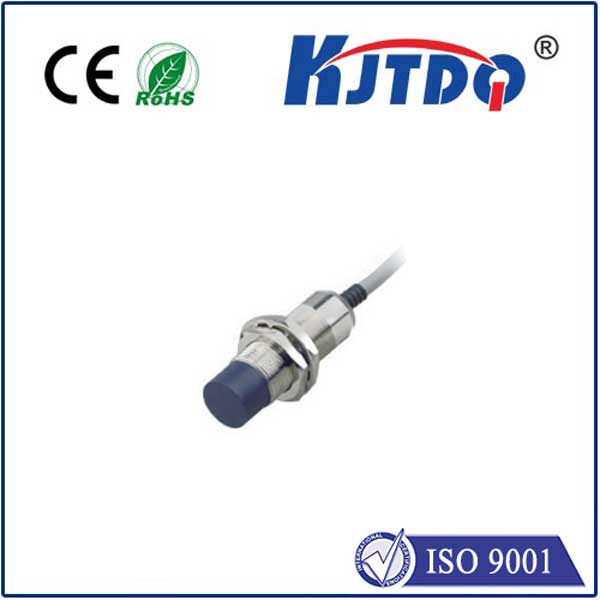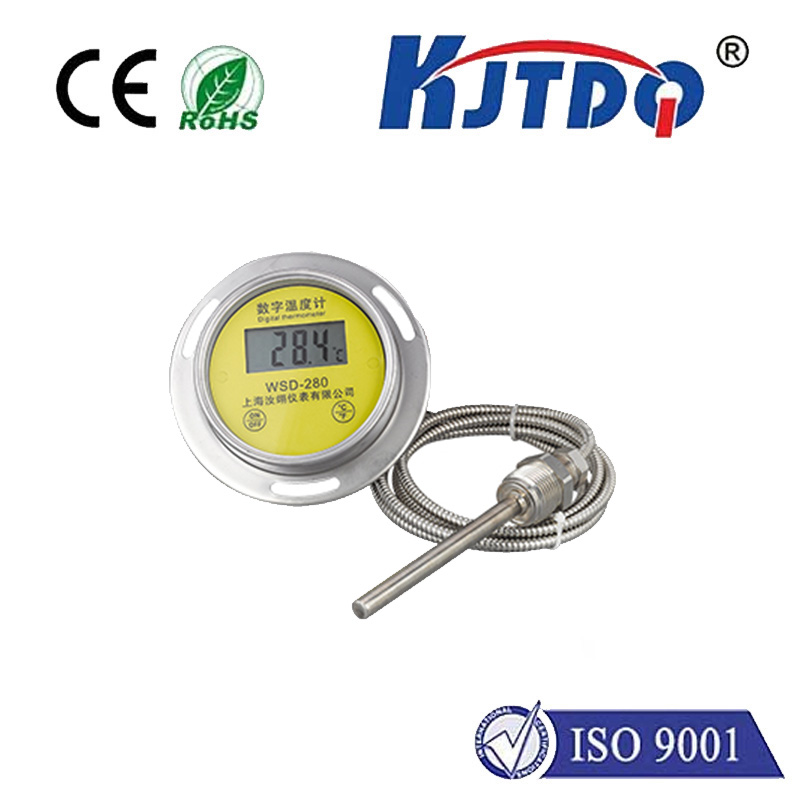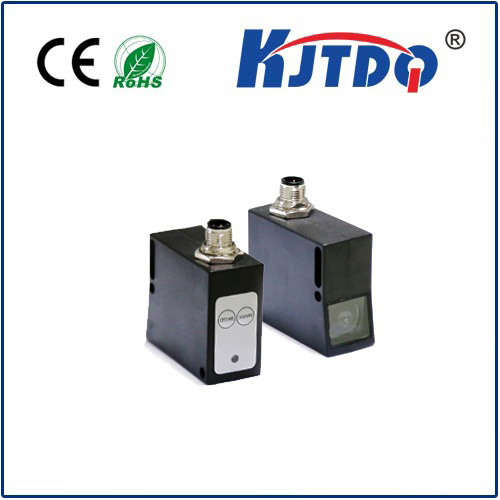resistive proximity sensor
- time:2025-07-17 09:11:40
- Click:0
Resistive Proximity Sensors: Reliable Detection Through Physical Contact
In the dazzling world of automation, filled with laser scanners, vision systems, and capacitive arrays, a humble hero often operates quietly in the background: the resistive proximity sensor. While it might lack the flashiness of its non-contact cousins, this robust technology offers unparalleled simplicity and reliability for specific, demanding applications. For tasks demanding tangible confirmation, where an object must physically make its presence known, resistive sensors remain a cornerstone of industrial control. Let’s delve into how these stalwarts work and where they shine.
The Core Principle: Contact is Key
Unlike inductive, capacitive, or optical proximity sensors that detect objects without physical interaction, the defining characteristic of a resistive proximity sensor is its reliance on mechanical contact. Its fundamental operation is beautifully straightforward:
- The Sensing Element: The heart is a specialized mechanism, most commonly a plunger or actuator that protrudes from the sensor body. Internally, this actuator is linked to a set of electrical contacts or a conductive element within a resistive path.
- Object Detection: When an object physically presses against this plunger, it causes the actuator to move inwards.
- Resistance Change & Circuit Completion: This mechanical movement directly alters an electrical circuit within the sensor. Typically, it either:
- Closes a Contact: Physically connects two conductive points, completing a circuit (like a switch).
- Varies Resistance: Changes the position of a wiper along a resistive track, significantly altering the measured resistance.
- Signal Output: The resulting change in electrical state (either a simple on/off switch signal or a resistance value change interpreted by a controller) signals the presence of the detected object. The key takeaway: detection requires physical pressure.
Where Resistive Proximity Sensors Excel: Strength in Simplicity
Given their requirement for contact, resistive sensors aren’t universal proximity detectors. However, their unique characteristics make them the optimal choice in several critical scenarios:
- Material Handling & Packaging: Detecting the presence of boxes, cartons, or heavy objects on conveyors, verifying correct positioning before sealing, strapping, or palletizing. Their robustness handles impact and vibration common in these environments.
- End-of-Travel Detection: Confirming that a cylinder, actuator, or mechanical component has fully reached its end position. The physical stop ensures reliable confirmation.
- Over-Travel Protection: Serving as a mechanical safety switch to prevent damage by halting motion if an arm or slide moves beyond its intended limits.
- Level Detection: Monitoring the level of granular materials, powders, or heavy objects in bins or hoppers. A paddle or float mechanism physically pushed by the material activates the sensor.
- Presence Verification of Solid Objects: Reliably confirming parts are present in fixtures, jigs, or assembly stations, especially where metallic properties or object transparency might confuse non-contact sensors. Think detecting wood blocks, large plastic parts, or bags of product.
- Cost-Sensitive Applications: Where extreme accuracy or non-contact detection isn’t necessary, resistive sensors offer an incredibly cost-effective proximity sensing solution.
Key Advantages: Built for Tough Love
The reliance on physical interaction translates into several distinct benefits:
- Simplicity & Ease of Use: The fundamental mechanism is easy to understand and install. They typically require minimal configuration compared to more complex sensors.
- High Reliability: With fewer electronic components susceptible to interference (EMI/RFI) compared to sophisticated non-contact sensors, they offer robust operation, especially in electrically noisy industrial settings.
- Rugged Construction: Designed to withstand physical impacts, vibration, dust, dirt, moisture (many offer IP67 ratings or higher), and challenging environments that might damage more delicate sensing technologies. They are true workhorses.
- Unaffected by Material Properties: Whether the target object is metal, plastic, wood, ceramic, conductive, non-conductive, opaque, or transparent, it makes no difference to a resistive sensor. As long as it can exert sufficient force on the plunger, it will be detected. This material independence is a significant advantage.
- Clear Signal: Output is typically a straightforward discrete signal (on/off), simplifying integration into control systems like PLCs without complex signal processing.
Understanding the Limitations: Specificity is Strength
It’s crucial to understand where resistive proximity sensors are not the ideal fit. Their limitations stem directly from their core operating principle:
- Requires Physical Contact: This is their defining trait but also their primary limitation. They cannot detect objects hovering nearby without touching them. Applications needing detection before contact should use inductive, capacitive, or optical sensors.
- Mechanical Wear: Moving parts (plungers, springs, contacts) are subject to friction and wear over time, especially in high-cycle applications. While built to last, their lifespan is finite compared to solid-state non-contact sensors.
- Limited Speed: The physical movement of the actuator inherently limits the maximum detection speed achievable, making them less suitable for very high-speed applications compared to optical sensors.
- Potential for Sticking or Binding: In environments with heavy contamination (sticky substances, excessive debris), the plunger mechanism can potentially jam or become sluggish, requiring maintenance.
- Force Requirement: The target object must exert enough force to overcome the sensor’s internal spring mechanism. Very light or fragile objects might not trigger it reliably.
Choosing Wisely: Contact is Confirmation
Selecting a proximity sensor demands matching the technology to the application’s core requirements. Resistive sensors are not a one-size-fits-all solution, but when the need is for positive, physical confirmation of an object’s presence or position, particularly in harsh conditions, they are often the optimal choice. Their rugged construction, simplicity, insensitivity to material properties, and cost-effectiveness make them indispensable tools on factory floors, in packaging plants, and within heavy machinery. They excel precisely because they embrace the requirement for contact, turning it into a reliable signal of presence. In a world of invisible fields and beams, sometimes the most dependable information comes from a solid push.





